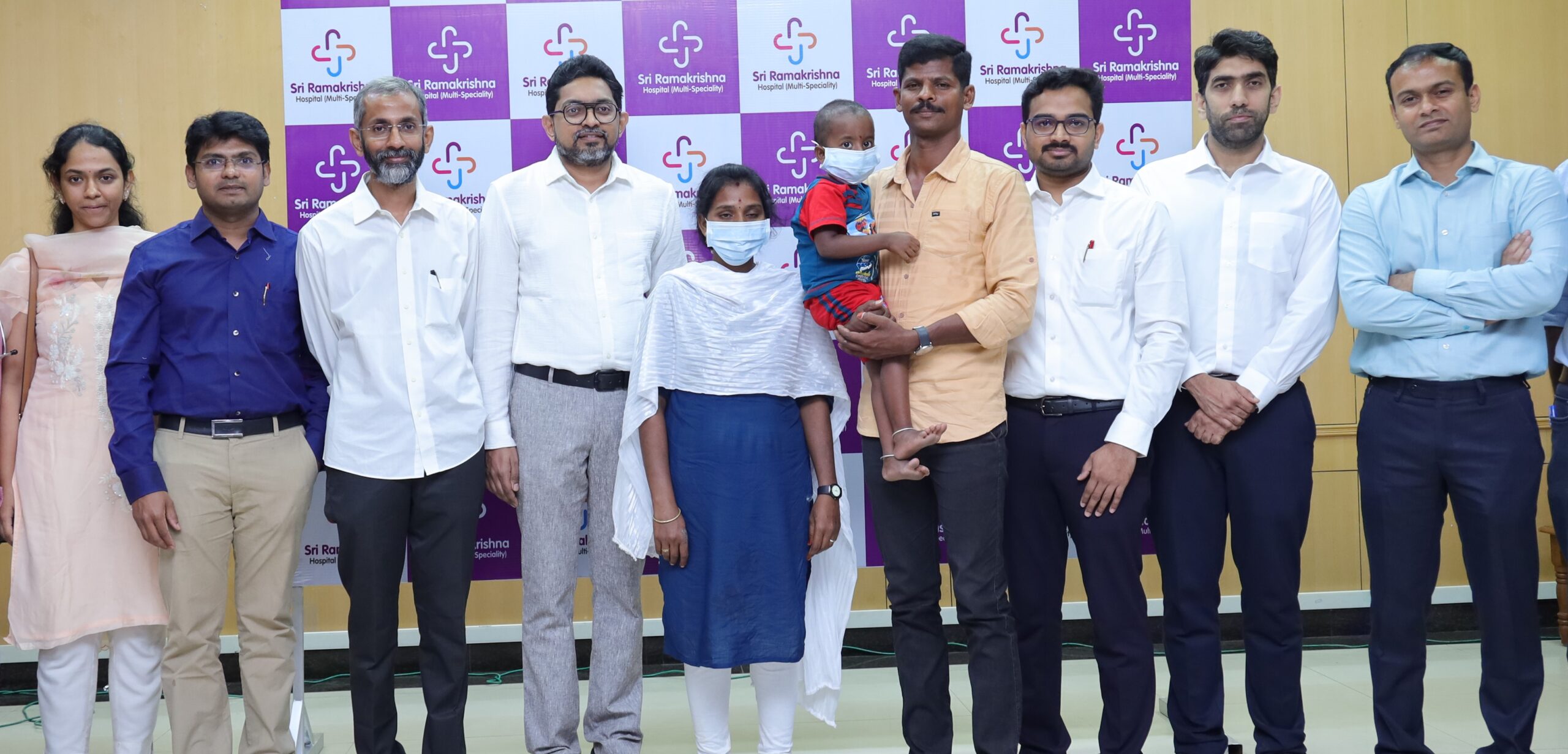Trending Now
- 830 voters names go missing in Kavundampalayam constituency
- If BJP comes to power we shall consider bringing back electoral bonds: Nirmala Sitaraman
- Monitoring at check posts between Kerala and TN intensified as bird flu gets virulent in Kerala
Coimbatore
Dentists prone to spondylosis, says study
![]() October 9, 2018
October 9, 2018
Dental specialists are prone to musculoskeletal problems, according to studies. It is an occupational hazard for the dentist to contort the body while performing surgery. The patient reclines on the chair while the dentist has to stand for prolonged hours stooping over the patient, juggling various delicate dental tools. Majority of such surgeons are diagnosed with spondylosis.
“My husband has spondylosis problem because of the practice in dentistry. Posture is the main culprit. Dentists involve in repetitive movements. Sometimes because of long hours put into the surgery, uses hot water bag to relax my muscles. However, if this pattern is left untreated or unnoticed it can put extra pressure on the spine, resulting in early wear and tear,” pedodontics specialist Dr Abhilashini.
According to the book ‘Ergonomics and the Dental Care Worker’, shoulder and lower back pain symptoms were most frequently reported, followed by neck problems. The complaints were more prevalent among the orthopaedists than general surgeons.
The research took several surveys of dentists in Nebraska, South Carolina, Canada, Denmark, Poland and Norway, which consistently showed that around 40-60 per cent reported cervical symptoms and low back pains. Also, the research results showed that back disorders were relatively commonplace among dentists and surgeons, and this problem related to their working postures, equipment design and duration of working.
Dr Abhilashini also says, “Headache, numbness in legs, stiff neck, stiff shoulder, muscle cramp and muscle spasm are the symptoms dentist should look out for. There are various grades of spondylitis. It is better to be aware and conscious of how we sit.”
“Many dentists suffer from neck pain, headache, trapezius pain – a muscle in the upper back. This is mainly due to the elevation of shoulders, poor head posture during dental procedures, mental stress. The incidence may be reduced by proper positioning of the patient in the dental chair, using armrests during procedure, frequent breaks and stretching of the muscles of the back and proper exercise to the neck muscles.” says neuro professor Dr R Balakrishnan.
“Fortunately there are certain remedies to combat the problem. Doing yoga and stretch exercises are a must for dentists. Keep all the tools at a comfortable position. The first class in dentistry is the patient and the doctor position. The dentist should sit erect. His foot should be on the ground completely. His knee should be parallel to the floor and the patients head should be below the elbow of the doctor. When we have to expat the upper jaw, the chair has to be right at the hand level and the lower jaw at the wrist level.” says Dr Suryanarayani.
It is important to promote the occupational health and prevention programmes regarding ergonomic postures which must be adopted by the dentist in their clinical practices, say experts.























